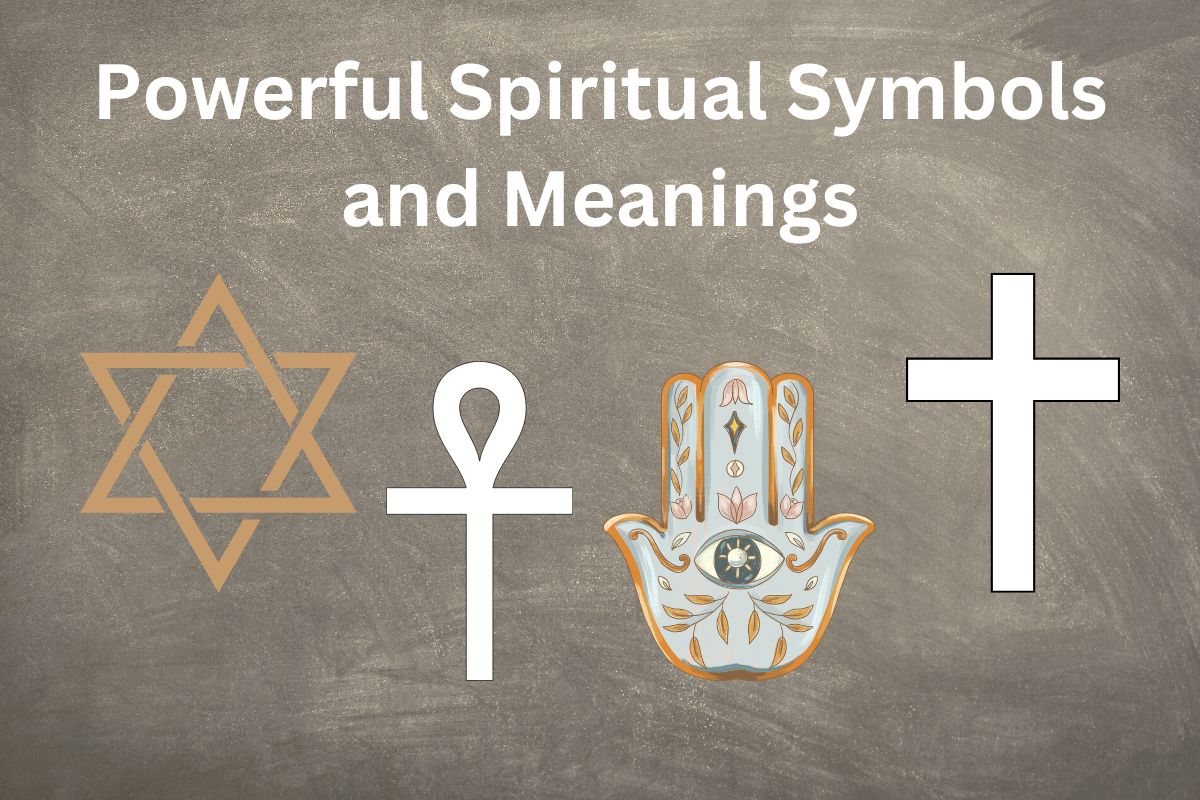There are many symbols across the globe related to spirituality. While some are restricted to specific cultures, others have evolved as multicultural emblems. These symbols carry significant meaning for those who practice these various forms of spirituality.
Hamsa
Hamsa is a palm-shaped amulet. It has an eye in the middle of the palm. Hamsa in Hebrew means “five.” It is widely popular among many societies across the world. The primary purpose of using the Hamsa symbol is to ward off negativity.
References to Hamsa have been found throughout history as a representative of protection. It can be a powerful amulet to remove the stare of an “evil eye.” It is a malicious stare that can bring illness, unhappiness, and death.
Being powerful in warding off negative energy, Hamsa is used by many religions and cultures. Hinduism, Buddhism, and Islam widely believe in and support this symbol.
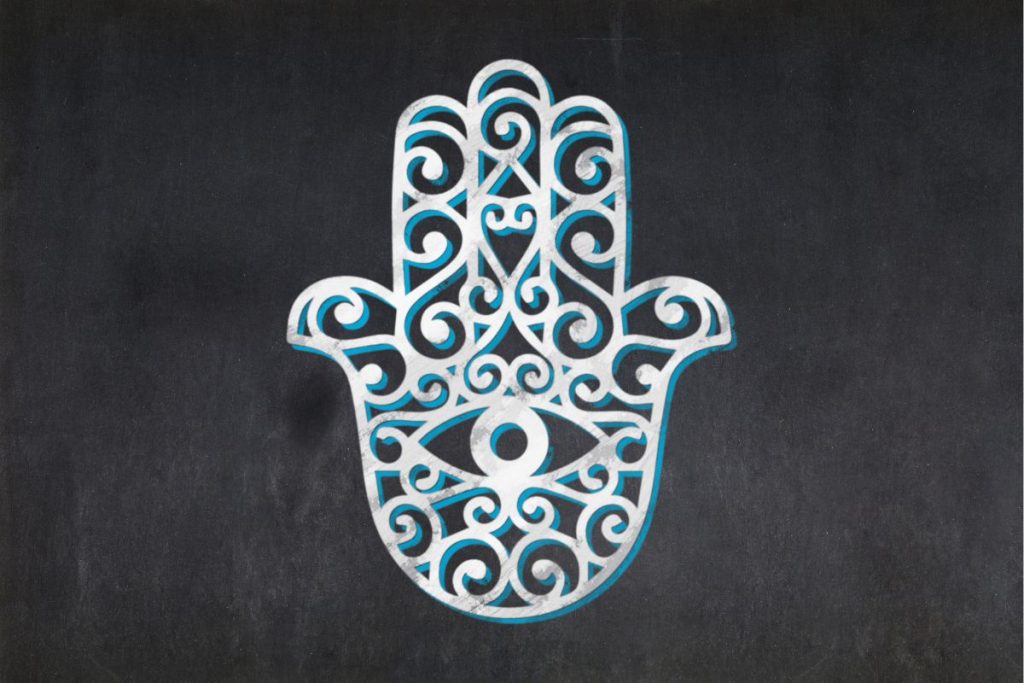
Pentagram
The pentagram is a five-pointed star, usually drawn in red or black ink with white space around the outside. Since 3500 BC, Pentagram can be found in pottery pieces in the Chaldees of Ancient Mesopotamia.
As a pre-Christian symbol, the pentagram is often associated with witchcraft. However, it is representative of the qualities of a man. The four points represent the four elements, fire, earth, water, and air. The fifth point is the symbol of the spirit.
Wiccans use this popular pagan symbol in many ceremonies. They use it to remember the nature of humanity. It is also used because of its power to keep away negative influences.

Star of David
The Star of David is attached to Judaism. However, it was not a symbol that was religiously attached to Judaism. At the first Zionist congress in 1897, the Hexagram, Star of David, was used to represent the Jewish community.
Many believe it was King David’s symbol on his shields for war. Some associate the Star of David with the Seal of Solomon. Solomon was the son of King David.
The Star of David is a talisman that some believe Solomon used to talk with animals. However, besides supernatural association, the Star of David is also linked with natural qualities. There is a belief that a hexagram is used to represent the six directions. They are Up, Down, East, West, North, South, and center.
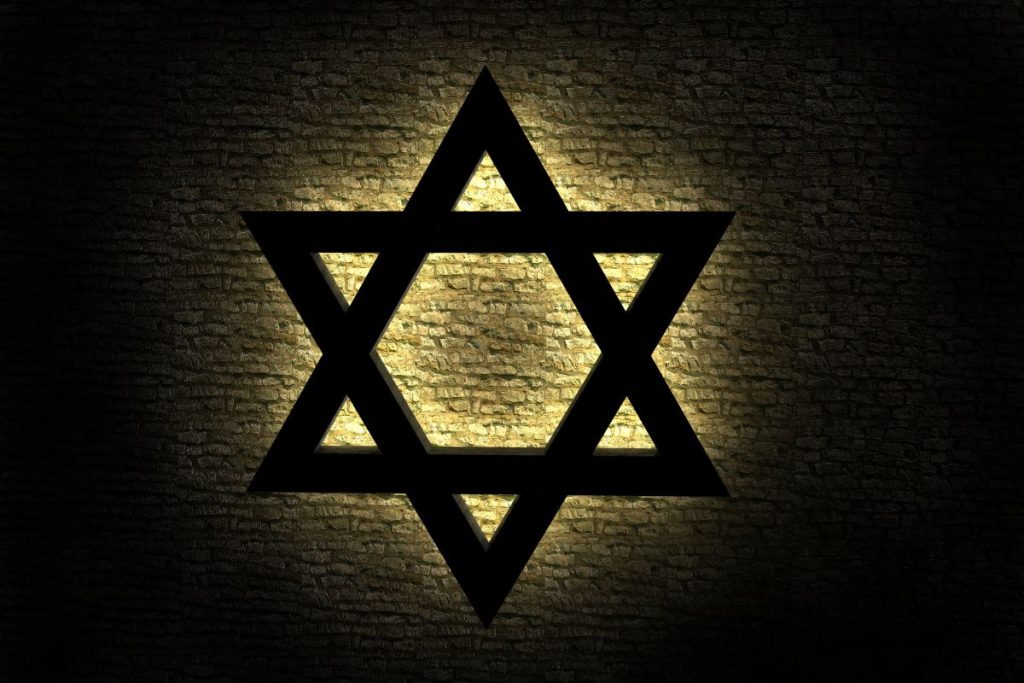
Cross
The cross is a symbol of Christianity. It represents the crucifixion of Jesus Christ, who sacrificed his life on the cross to redeem humanity from sin and death.
The cross is also seen as a symbol of sacrifice and triumph. It represents our willingness to give up our lives for others.

Ankh
Ankh is a symbol that looks similar to the cross. It has a loop or handle-like shape on its head. As a symbol of eternal life, Ankh originates in ancient Egypt. However, there is a widespread belief that Ankh is also a symbol of the Nile.
It is a representation of how water can bring life and regeneration. You can see the Ankh present in the hands of Gods and Pharaohs. Furthermore, Ankh was also portrayed in tombs and art.
Ankh has a tri-fold meaning, representing life, fertility, and life after death. Thus, it is considered a symbol of positivity. The continuity of life is expressed through the loop or knot on the cross. Nowadays, it is found in jewelry too.
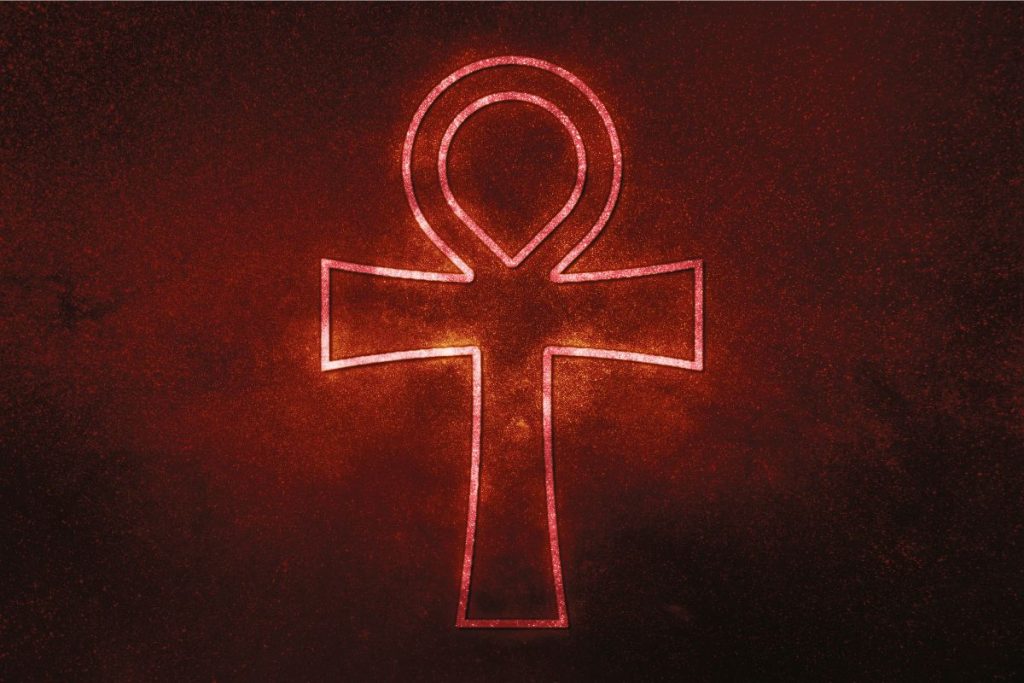
Yin Yang
Yin Yang is an ancient Chinese symbol that represents harmony in the universe. It has two parts, black and white. However, these two portions also represent masculine and feminine, positive and negative.
The communion of the two portions represents the dependency of the universe on both energies. It is the combination of the two that makes your life balanced. Besides that, the duality of the mind and the world is also represented through Yin-Yang.
To achieve spiritual awakening, we need to accept the duality in life.
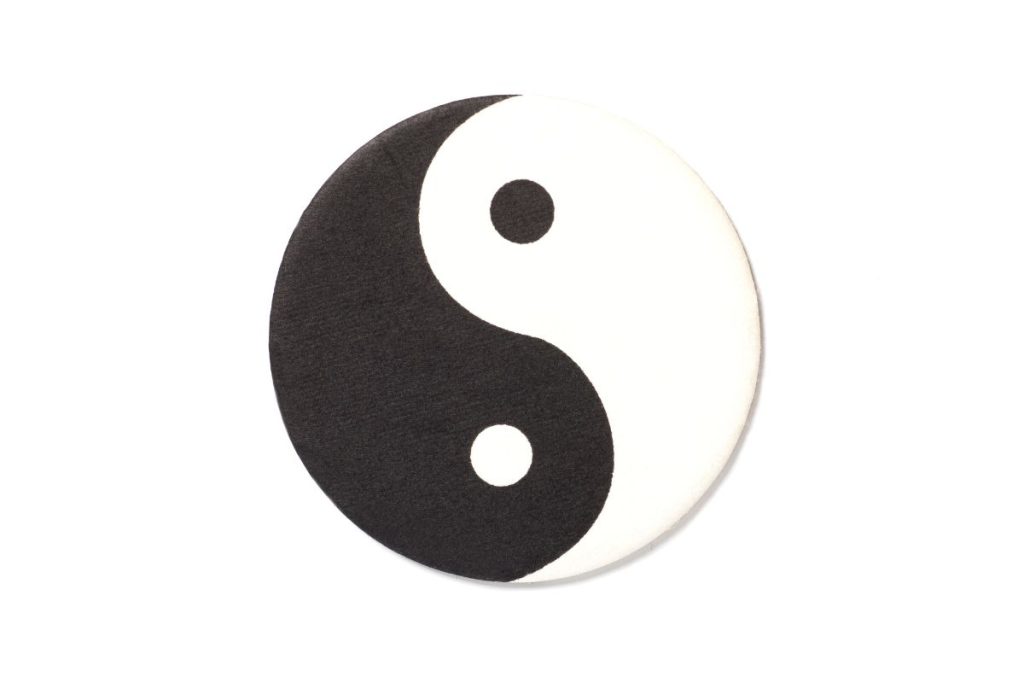
Lotus Flower
The lotus flower is associated with spiritual growth and enlightenment. Because it rises from mud and blooms above water, it symbolizes the soul’s unfolding, which can be seen as a transformation. The lotus flower represents purity, innocence, and beauty.
Many cultures and religions associate themselves with the lotus symbolism. Most associate it with the resurrection and power to rise from unfavorable conditions. Furthermore, it is a symbol that instills the idea of perseverance, which can help humans ascend to the top.

Evil Eye
The evil eye is a curse. It’s a belief that the power of a person’s gaze causes misfortune or injury. The talisman, also called the evil eye, is used to avoid that stare. Nowadays, you can find the evil eye in jewelry, wall hangings, and other places.
Evil eyes can be found in many cultures, including those of the ancient Greeks and Romans, Hindus, Jews, Christians, and Muslims. In all these cultures, it is a protective force preventing negativity.
Though popular in the contemporary, the origin of the evil eye is in the 6th century. You can hang the talisman in your home or workspace to remove any negative energy building up.

Mandala
Mandala is a Sanskrit word meaning circle. It is present in many cultures, including Buddhism and Hinduism. The mandala represents non-duality or oneness. The intricate patterns symbolize self-discovery and the journey toward spiritual awakening.
The intricate layers of the mandala represent that we need to move up through it. Some people use mandalas for meditation also. They stare at the sacred geometry to search for and understand the inner knowledge and power that leads to a journey beyond these borders into the immaterial.
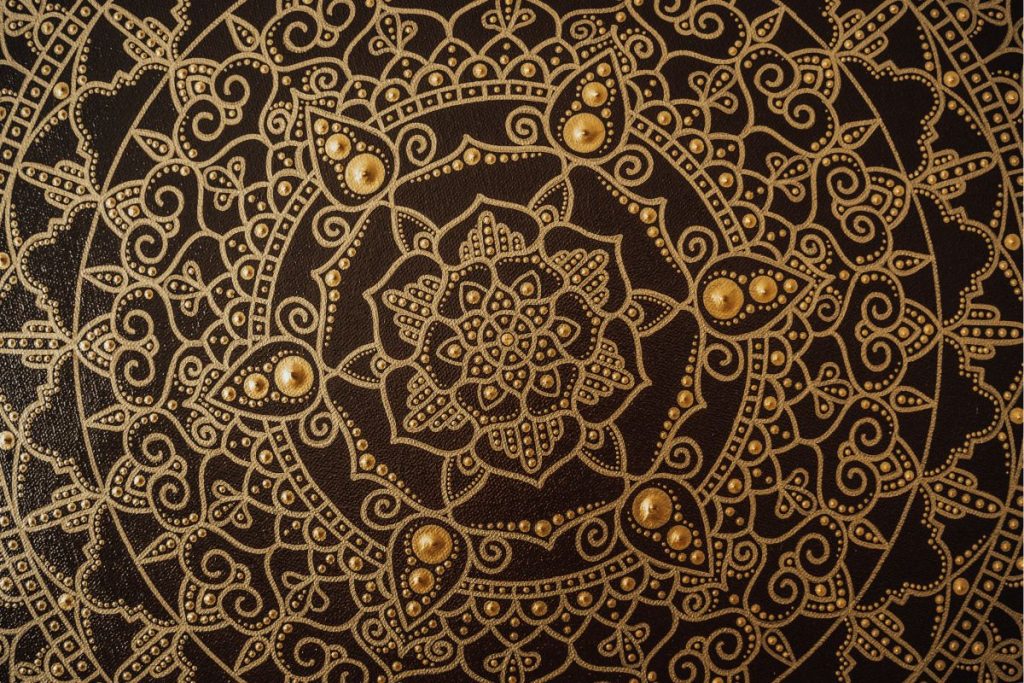
Om Symbol
Om is a sacred sound and a symbol. The combination of the three Sanskrit letters, A, U, and M, symbolizes the unity of mind, body, and spirit. Though it originates from Hinduism, Sikhism and Buddhism also use it.
According to Hindu mythology, the vibration produced by the sound Om created the universe.
Many meditators across the globe use this sound to meditate. They believe that the Om allows the meditator to attain tranquility.
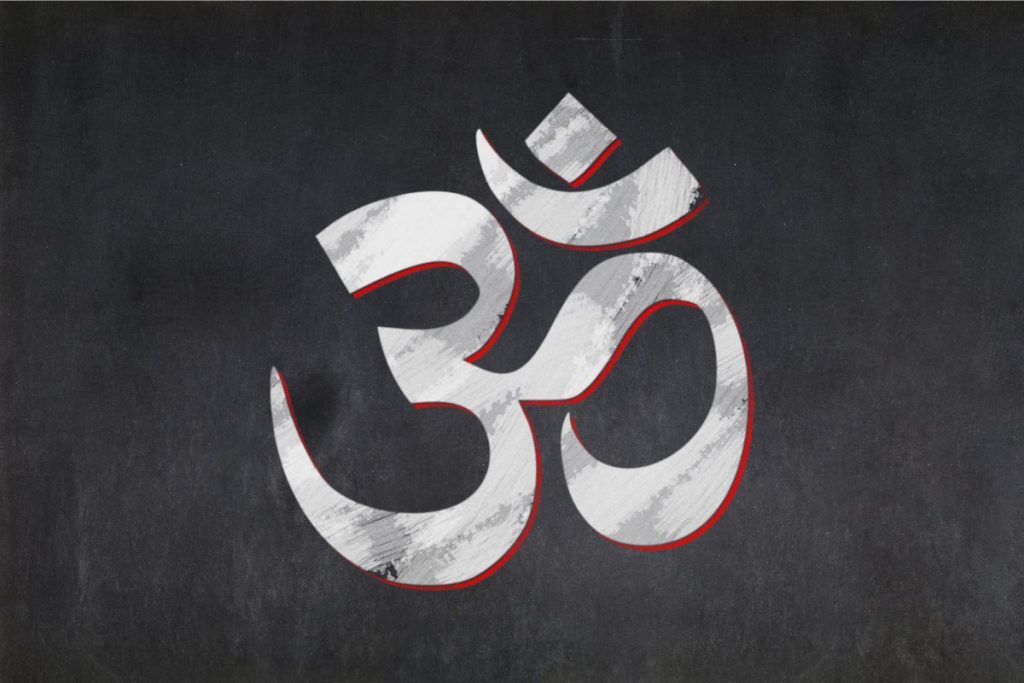
Dharma Wheel
The Dharma Chakra, or Wheel of Dharma, symbolizes the Buddha’s teachings and the endless cycle of birth, death, and rebirth. The wheel consists of several spokes from four to thirty-one. Each of these sets has varied meanings.

Star and Crescent
The crescent moon and star are symbols related to Islam. However, they are pagan symbols from Sumeria, Greece, and Rome. According to the followers of pagan religions, the moon is linked with the God Sin, and the star is related to the Goddess Ishtar.
When the Ottomans conquered Byzantium, the star and crescent became symbols of Islam. Thus, it is a multicultural symbol representing power, glory, and purity.

There are plenty of other symbols with deep spiritual meanings. For more on some of these symbols, check out this article on healing spiritual symbols.

